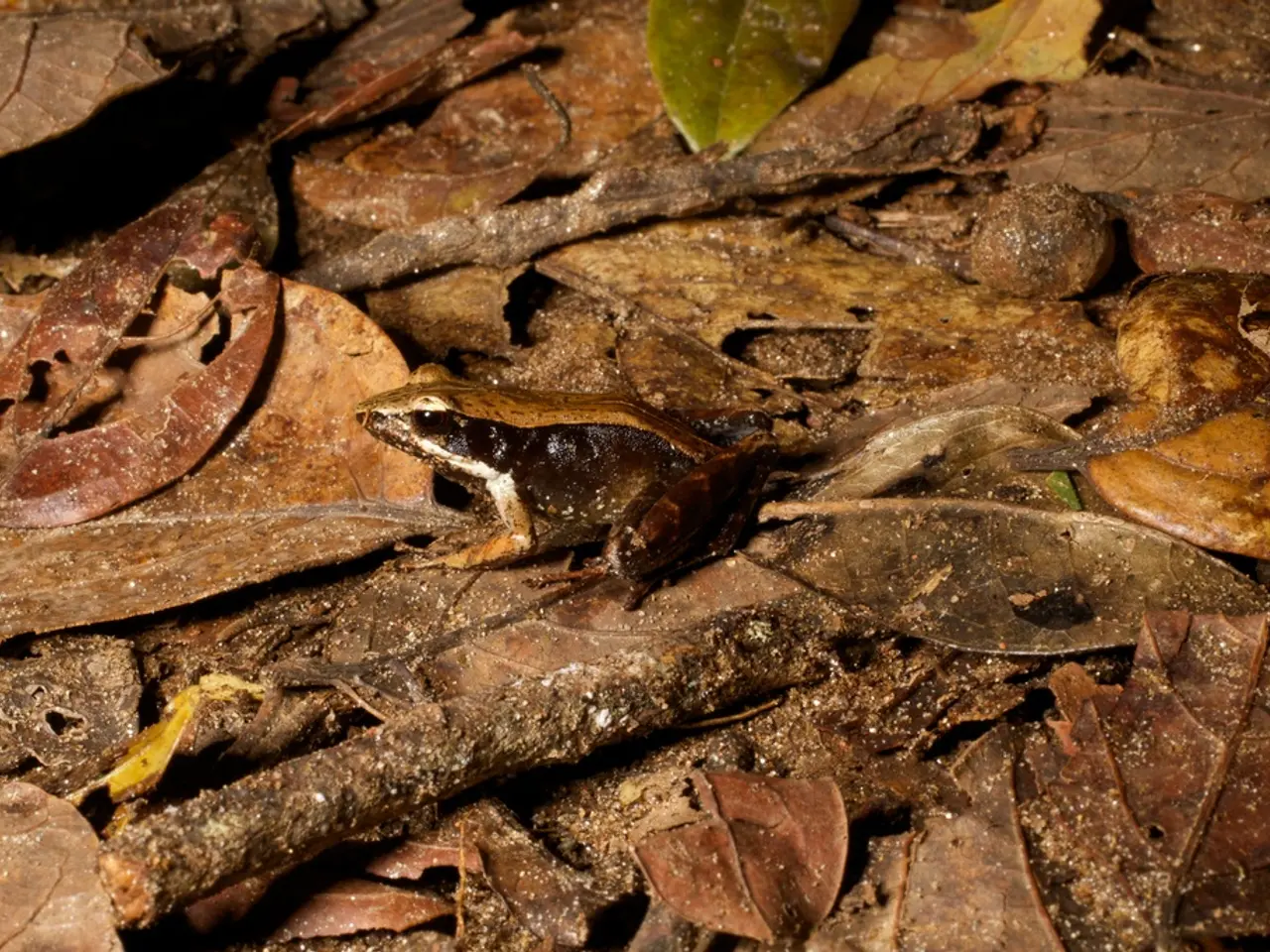Pulling out all the alliums: Gardening professionals offer their professional perspectives on this approach
In the enchanting world of gardening, one practice stands out for its significant impact on the health and beauty of alliums: deadheading. This simple yet effective technique involves removing the spent flower heads from allium plants, offering numerous advantages for both the plants and the overall garden aesthetic.
First and foremost, deadheading alliums redirects the plant's energy from seed production to bulb development. This process improves the health and size of the bulb, leading to more robust and numerous flowers in subsequent years. As Lucie Bradley, a gardening expert with over 28 years of experience in the industry, explains, "Deadheading alliums is an 'insurance policy' for even greater displays next year."
Apart from boosting bulb development, deadheading keeps the garden looking tidy and well-maintained. The aesthetic appeal of a well-groomed garden is particularly important in spaces where visual presentation is valued.
Contrary to popular belief, deadheading alliums doesn't significantly impact the attraction of pollinators. Alliums, such as drumstick alliums, are naturally attractive to bees and butterflies, and their nectar-rich blooms continue to attract pollinators even after deadheading.
So, should alliums be deadheaded? The answer is yes, especially if you want to enhance bulb development and plant health for future blooms. However, deadheading is not strictly necessary if you prefer to allow the plants to self-seed. In some cases, leaving the seed heads intact can add interest to the garden and allow for natural propagation.
When it comes to deadheading alliums, timing is crucial. Deadhead after the blooms have fully faded but before seeds form. The method is straightforward: simply snip off the flower head, leaving the foliage intact to continue photosynthesizing and supporting bulb growth.
By not deadheading alliums, you can allow them to self-seed, potentially creating denser areas of alliums in your garden. However, growing alliums from seeds will take several years until they are mature enough to produce flowers.
In conclusion, deadheading alliums offers a myriad of benefits, from improving bulb health to maintaining a tidy garden. With the right tools, such as popular secateurs with a carbon steel blade and lightweight, non-slip handles, and gardening gloves awarded 'Amazon's Choice' for being breathable, comfortable, and stylish, deadheading alliums becomes an enjoyable and rewarding task for any gardener.
- The technique of deadheading alliums in gardening redirects the plant's energy from seed production to bulb development, enhancing bulb health and size.
- A well-groomed garden, including alliums that have been deadheaded, creates a clean and visually appealing aesthetic, especially in spaces where presentation is valued.
- Despite popular belief, deadheading alliums does not deter pollinators, as it only removes spent blooms, and alliums still attract bees and butterflies with their nectar-rich flowers.
- Deadheading alliums can be an enjoyable and rewarding gardening task, made more efficient with the right tools like carbon steel blade secateurs and comfortable, stylish gardening gloves.




